Creating a garden that buzzes with life while filling your outdoor space with intoxicating fragrances is one of gardening’s greatest rewards. The secret lies in choosing the right flowers that serve a dual purpose: attracting essential pollinators like bees, butterflies, and hummingbirds while treating you to nature’s most captivating scents. These 15 carefully selected fragrant flowers will transform your garden into a pollinator paradise that delights all your senses.

1. Lavender (Lavandula)
Lavender stands as the crown jewel of fragrant pollinator plants, offering an unmistakable sweet, floral aroma that humans adore and bees find irresistible. This Mediterranean beauty produces tall spikes of purple, pink, or white flowers that bloom from early summer through fall. Plant lavender in well-draining soil with full sun exposure, spacing plants 12-18 inches apart.
The key to success is avoiding overwatering – lavender thrives in slightly dry conditions. Harvest the flower spikes just before full bloom for the strongest fragrance, and deadhead regularly to encourage continuous flowering. Beyond its pollinator appeal, lavender’s essential oils provide natural pest deterrent properties.

2. Sweet Alyssum (Lobularia maritima)
Don’t let sweet alyssum’s diminutive size fool you – these tiny white, pink, or purple flowers pack an incredibly potent honey-like fragrance that can perfume an entire garden bed. This low-growing annual creates dense carpets of blooms that provide landing platforms for small beneficial insects. Plant sweet alyssum in early spring or fall, as it prefers cooler weather and can tolerate light frost.
Sow seeds directly in the garden or start with transplants, spacing them 4-6 inches apart. The plant self-seeds readily, ensuring years of fragrant blooms with minimal effort. Regular watering and occasional fertilization will keep the flowers blooming continuously until hard frost.
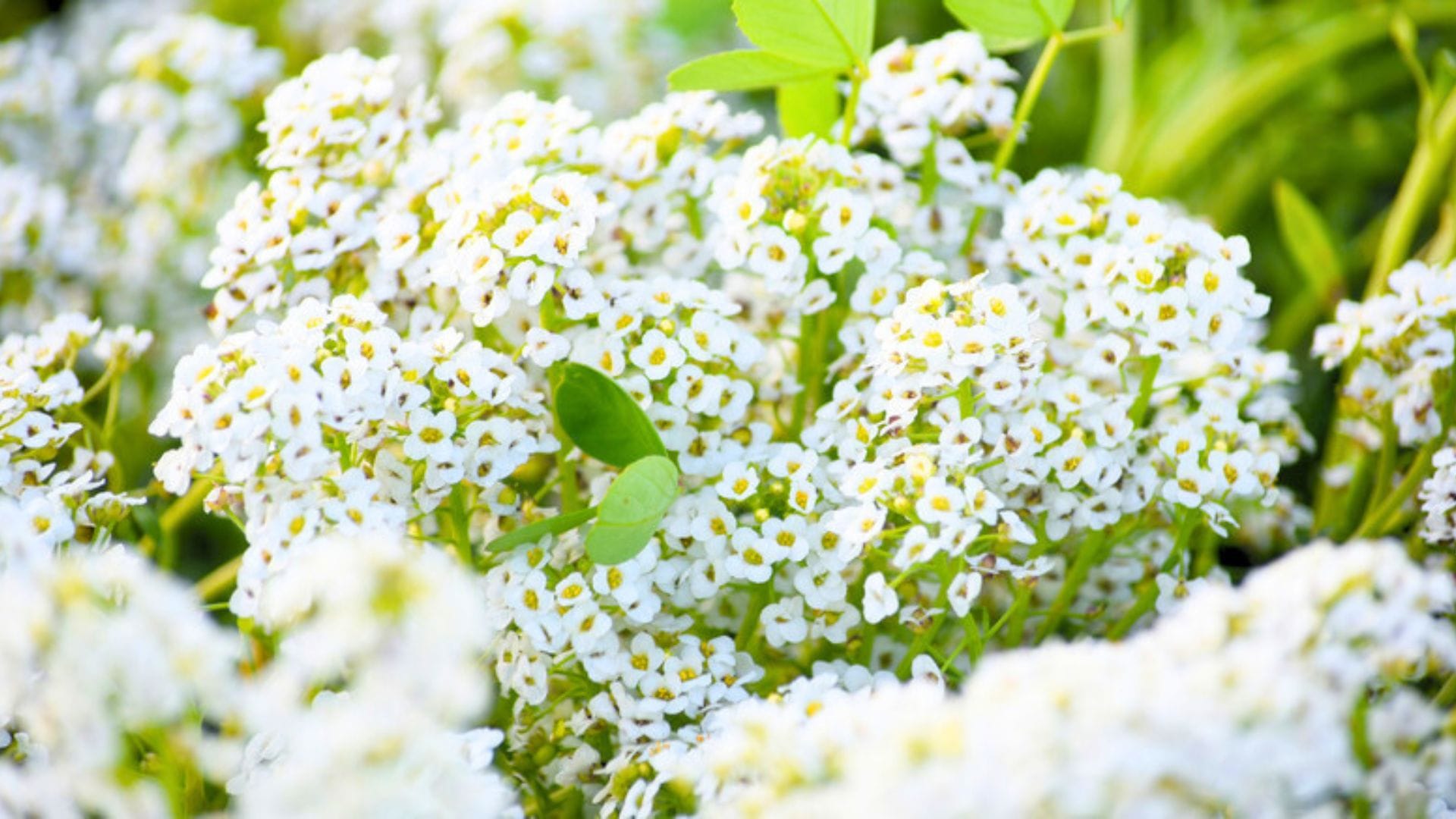
3. Bee Balm (Monarda)
Bee balm earns its name honestly – this native North American perennial is absolutely magnetic to bees, butterflies, and hummingbirds. The tubular flowers come in vibrant shades of red, pink, purple, or white, crowned with a distinctive spicy-minty fragrance that intensifies when leaves are brushed or crushed.
Plant bee balm in partial shade to full sun with consistently moist soil. Space plants 18-24 inches apart to ensure good air circulation, which helps prevent powdery mildew. Divide clumps every 2-3 years to maintain vigor, and deadhead spent blooms to extend the flowering period from mid-summer through early fall.
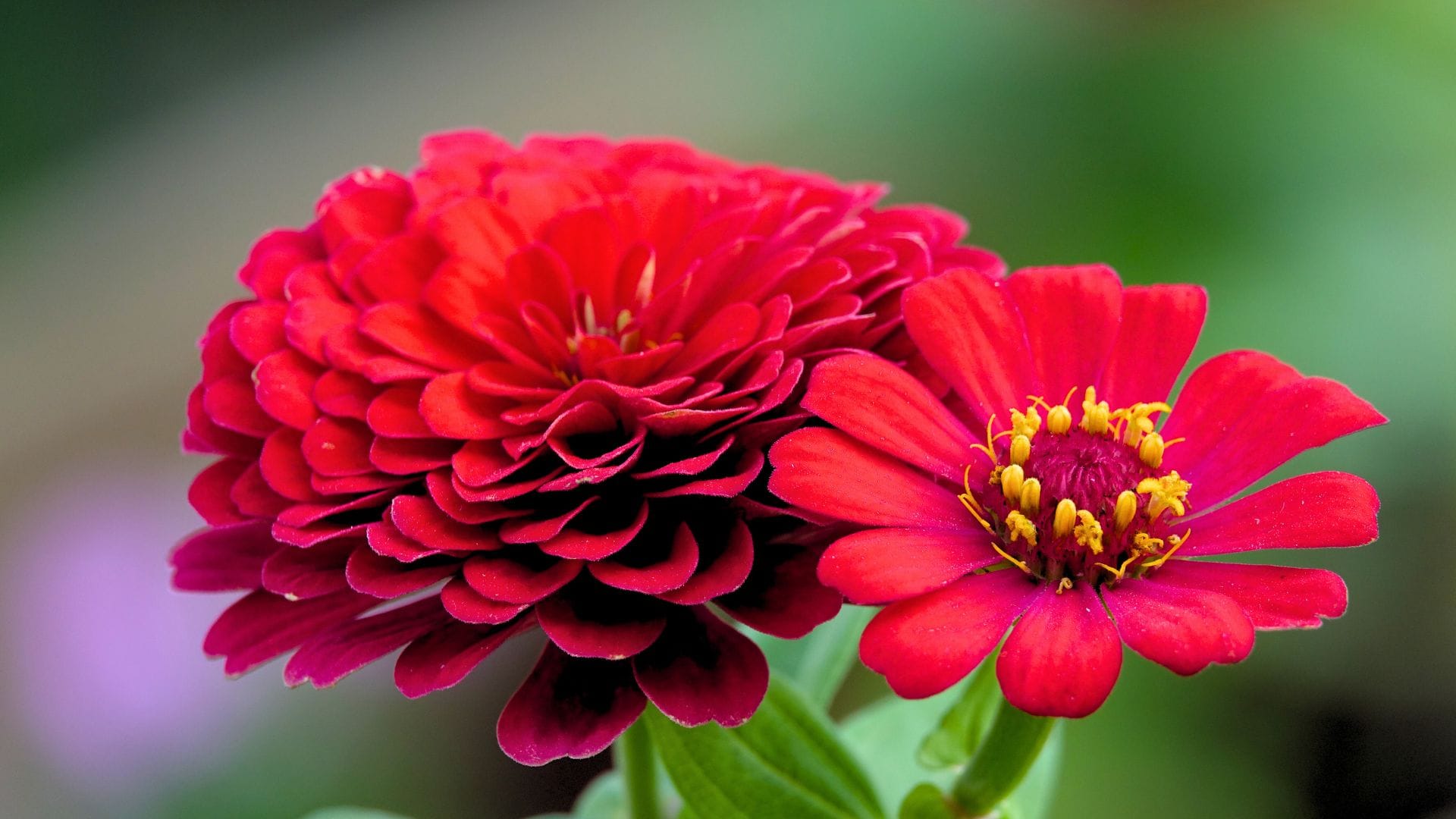
4. Nasturtium (Tropaeolum majus)
Nasturtiums offer a delightful surprise – their peppery, watercress-like fragrance attracts pollinators while providing edible flowers for your kitchen. These cheerful annuals produce round, lily-pad-like leaves and trumpet-shaped flowers in warm shades of yellow, orange, red, and cream. Plant nasturtiums after the last frost in poor to average soil – surprisingly, rich soil produces more leaves than flowers.
These climbing or trailing plants work beautifully in containers, hanging baskets, or as ground cover. Sow seeds directly in the garden, spacing them 8-10 inches apart. Regular deadheading promotes continuous blooming, and the flowers attract beneficial predatory insects that help control garden pests.

5. Sweet Peas (Lathyrus odoratus)
Sweet peas deliver one of the most intoxicating fragrances in the flower kingdom – a complex perfume that combines honey, orange blossom, and rose notes. These climbing annuals produce delicate, ruffled flowers in an rainbow of colors including pink, purple, white, and bicolor combinations. Plant sweet peas in cool weather, either in late fall or early spring, in rich, well-draining soil with consistent moisture.
Provide sturdy support structures like trellises or obelisks, as plants can reach 6-8 feet tall. Pinch growing tips when plants are 4 inches tall to encourage bushier growth, and harvest flowers regularly to extend blooming. The fragrance is strongest in cool morning or evening hours.
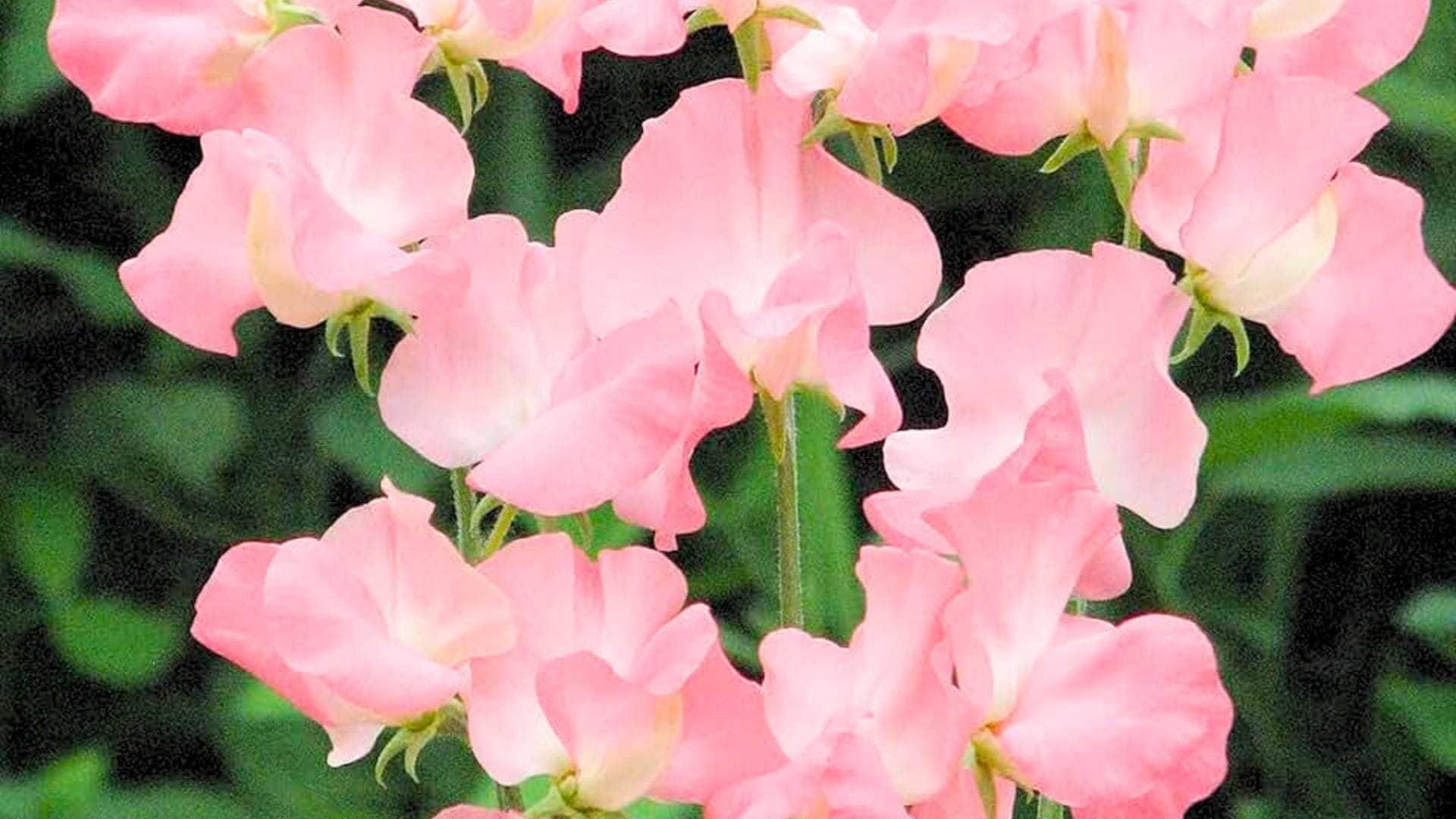
6. Catmint (Nepeta)
Catmint combines beautiful silvery-green foliage with spikes of small blue, purple, or white flowers that emit a pleasant minty fragrance. This drought-tolerant perennial blooms repeatedly throughout the growing season, providing consistent nectar sources for bees and butterflies. Plant catmint in full sun to partial shade with well-draining soil, spacing plants 12-18 inches apart.
Unlike its cousin catnip, most catmint varieties won’t drive cats into a frenzy but will attract beneficial pollinators in droves. Shear plants by one-third after the first flush of blooms to encourage a second flowering period. The plant’s natural oils also help repel mosquitoes and ants.
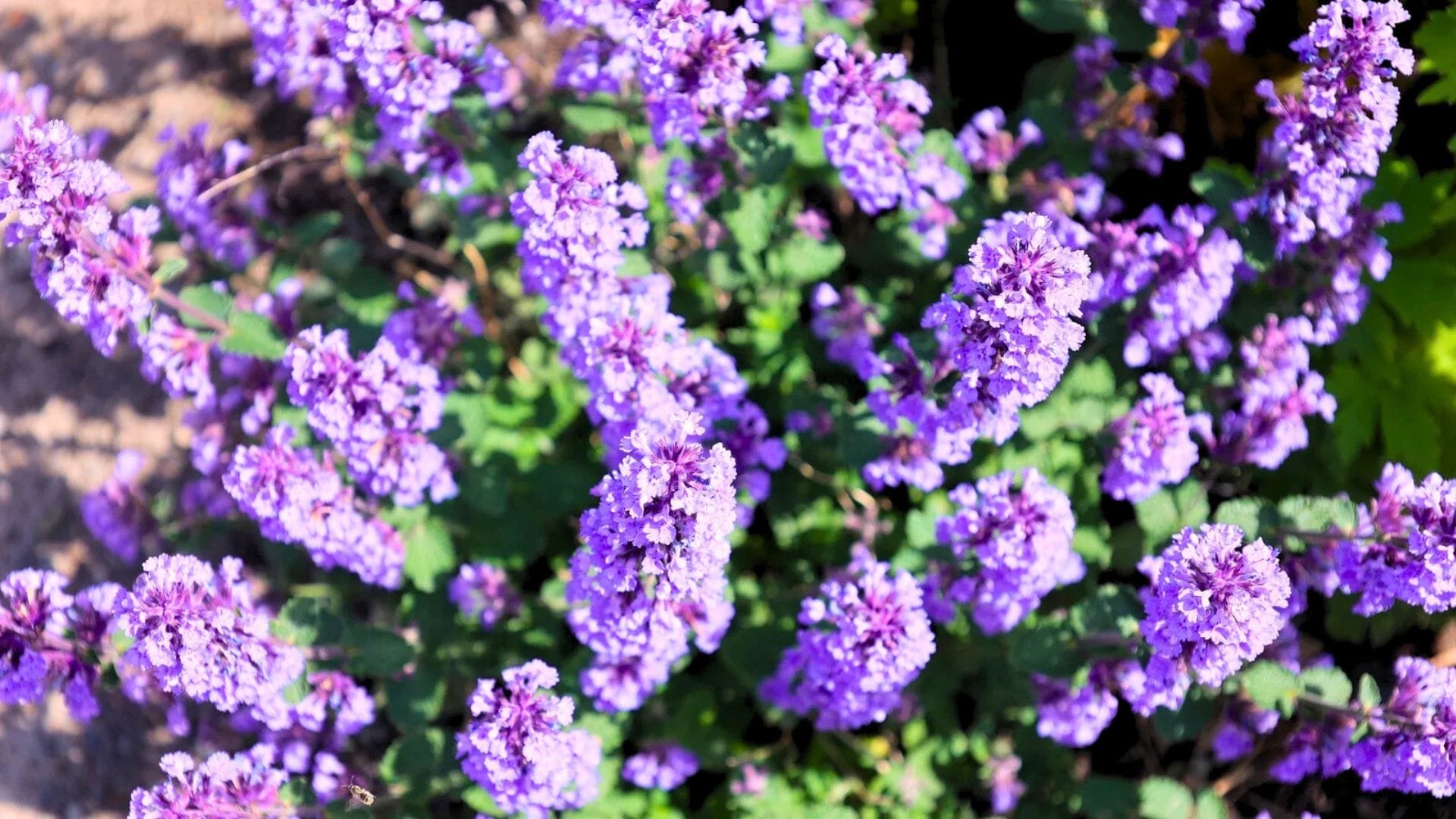
7. Four O’Clock (Mirabilis jalapa)
Four o’clocks earn their whimsical name from their evening blooming habit – flowers open in late afternoon and release their intense, sweet fragrance to attract night-flying moths and other evening pollinators. These bushy annuals produce trumpet-shaped flowers in vibrant colors including pink, yellow, white, red, and striped combinations.
Plant four o’clocks after soil warms in spring, in full sun to partial shade with average soil. Space plants 12-18 inches apart, as they can reach 2-4 feet in height and width. The tuberous roots can be dug up and stored like dahlias in cold climates. Seeds self-sow readily, and the plant tolerates heat and humidity exceptionally well.

8. Phlox (Phlox paniculata)
Garden phlox creates stunning displays of fragrant flower clusters that serve as landing strips for butterflies and provide abundant nectar for various pollinators. These tall perennials produce dome-shaped flower heads in shades of pink, purple, white, and salmon, with a sweet, spicy fragrance that intensifies in the evening. Plant phlox in rich, moist soil with good drainage and full sun to partial shade.
Space plants 18-24 inches apart to ensure adequate air circulation, which helps prevent powdery mildew. Divide clumps every 3-4 years to maintain vigor, and deadhead spent blooms to prevent self-seeding and extend flowering. Water at soil level rather than overhead to minimize disease issues.

9. Night-Blooming Jasmine (Cestrum nocturnum)
Night-blooming jasmine produces one of the most powerful fragrances in the plant kingdom, releasing its intoxicating perfume after dark to attract night-flying pollinators. This tender shrub produces clusters of small, tubular white flowers that may seem insignificant during the day but create an overwhelming sensory experience at night. In colder climates, grow night-blooming jasmine in containers that can be moved indoors during winter.
Plant in rich, well-draining soil with partial shade to full sun. Regular watering and monthly fertilization during the growing season promote abundant flowering. Position plants near windows, patios, or walkways where you can fully appreciate the evening fragrance.
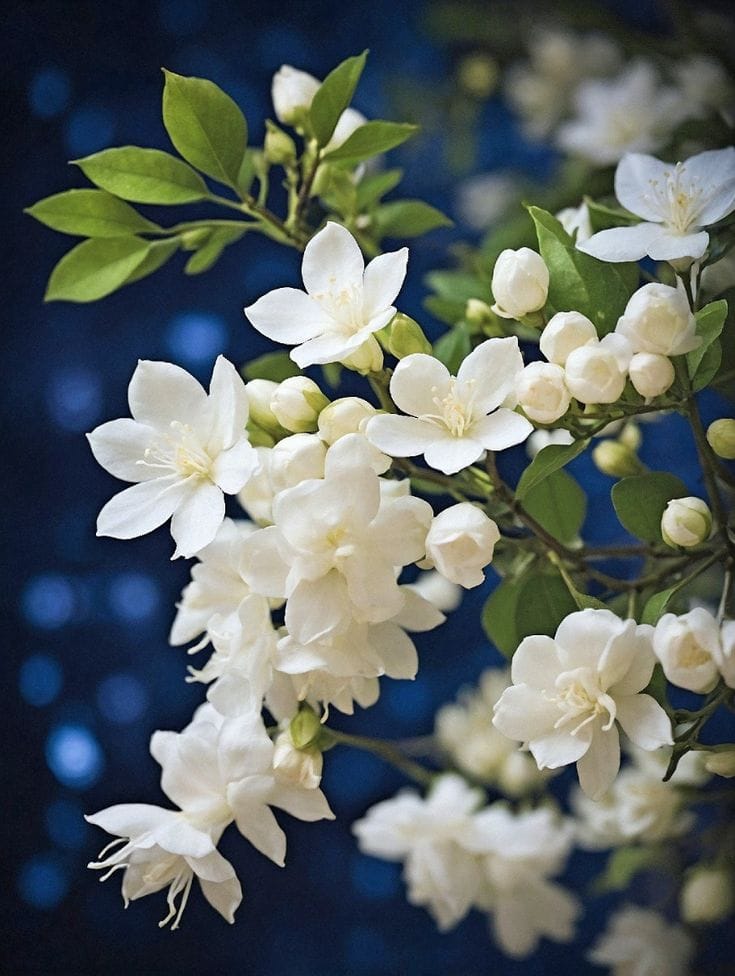
10. Borage (Borago officinalis)
Borage offers a unique combination of cucumber-scented leaves and star-shaped blue flowers that bees find absolutely irresistible. This self-seeding annual herb produces continuously throughout the growing season, providing reliable nectar sources when other flowers may be scarce. Plant borage in full sun with well-draining soil, directly sowing seeds in spring after frost danger passes.
Space plants 12 inches apart, as they can reach 2-3 feet tall and wide. The flowers are edible with a mild cucumber flavor, making them perfect for garnishing summer drinks. Borage improves soil through its deep taproot and is considered a companion plant that enhances the growth of nearby vegetables.
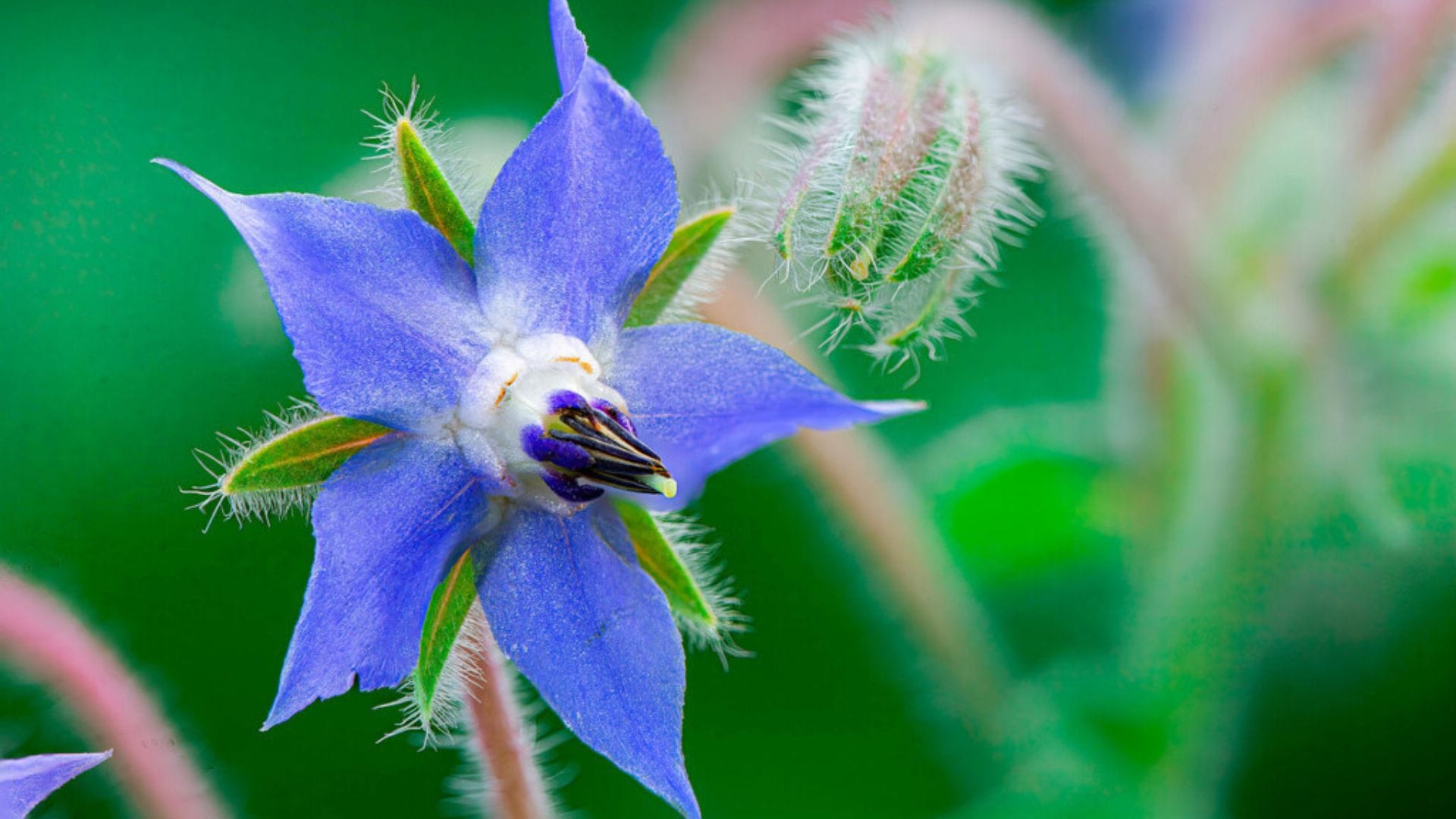
11. Sweet Rocket (Hesperis matronalis)
Sweet rocket, also known as dame’s rocket, produces tall spikes of four-petaled flowers in shades of purple, pink, or white that release their clove-like fragrance most intensely in the evening hours. This biennial wildflower naturalizes easily and provides early nectar sources when few other flowers are available. Plant sweet rocket in partial shade to full sun with moist, rich soil.
Seeds can be sown in fall or early spring, and plants will self-seed readily once established. The flowers bloom in late spring to early summer, providing crucial nectar for emerging butterfly populations. Allow some plants to go to seed to ensure continued generations of this valuable pollinator plant.

12. Chocolate Cosmos (Cosmos atrosanguineus)
Chocolate cosmos offers the extraordinary experience of flowers that actually smell like dark chocolate, creating an irresistible attraction for both humans and pollinators. These unique perennials produce deep burgundy, almost black flowers that emit their strongest chocolate fragrance during warm afternoon hours. Plant chocolate cosmos in full sun with well-draining soil, treating them as annuals in cold climates or growing in containers.
Space tubers 12 inches apart after soil warms in spring. Regular deadheading promotes continuous blooming from summer through fall. The tuberous roots can be lifted and stored indoors during winter in cold climates, similar to dahlia care.

13. Heliotrope (Heliotropium arborescens)
Heliotrope produces clusters of tiny purple, blue, or white flowers that emit one of the strongest vanilla-cherry fragrances in the flower world. These tender perennials, often grown as annuals, create dense heads of blooms that serve as excellent landing platforms for small beneficial insects. Plant heliotrope in rich, moist soil with full sun to partial shade, spacing plants 8-12 inches apart.
Regular fertilization and consistent watering promote abundant flowering throughout the growing season. In warm climates, heliotrope can be grown as a perennial shrub, while in colder areas, plants can be brought indoors for winter or grown fresh from seed each year.

14. Stock (Matthiola incana)
Stock flowers deliver an intensely spicy-sweet fragrance that becomes almost overwhelming on warm, humid evenings, making them irresistible to night-flying pollinators and evening-active beneficial insects. These cool-season annuals produce tall spikes of densely packed flowers in soft shades of pink, purple, white, and yellow. Plant stock in early spring or fall in rich, well-draining soil with full sun to partial shade.
Space plants 6-8 inches apart and provide support for tall varieties. Stock performs best in cool weather and may stop flowering during hot summer months. The fragrance is strongest in the evening hours, making these perfect flowers for cutting gardens and evening entertainment areas.
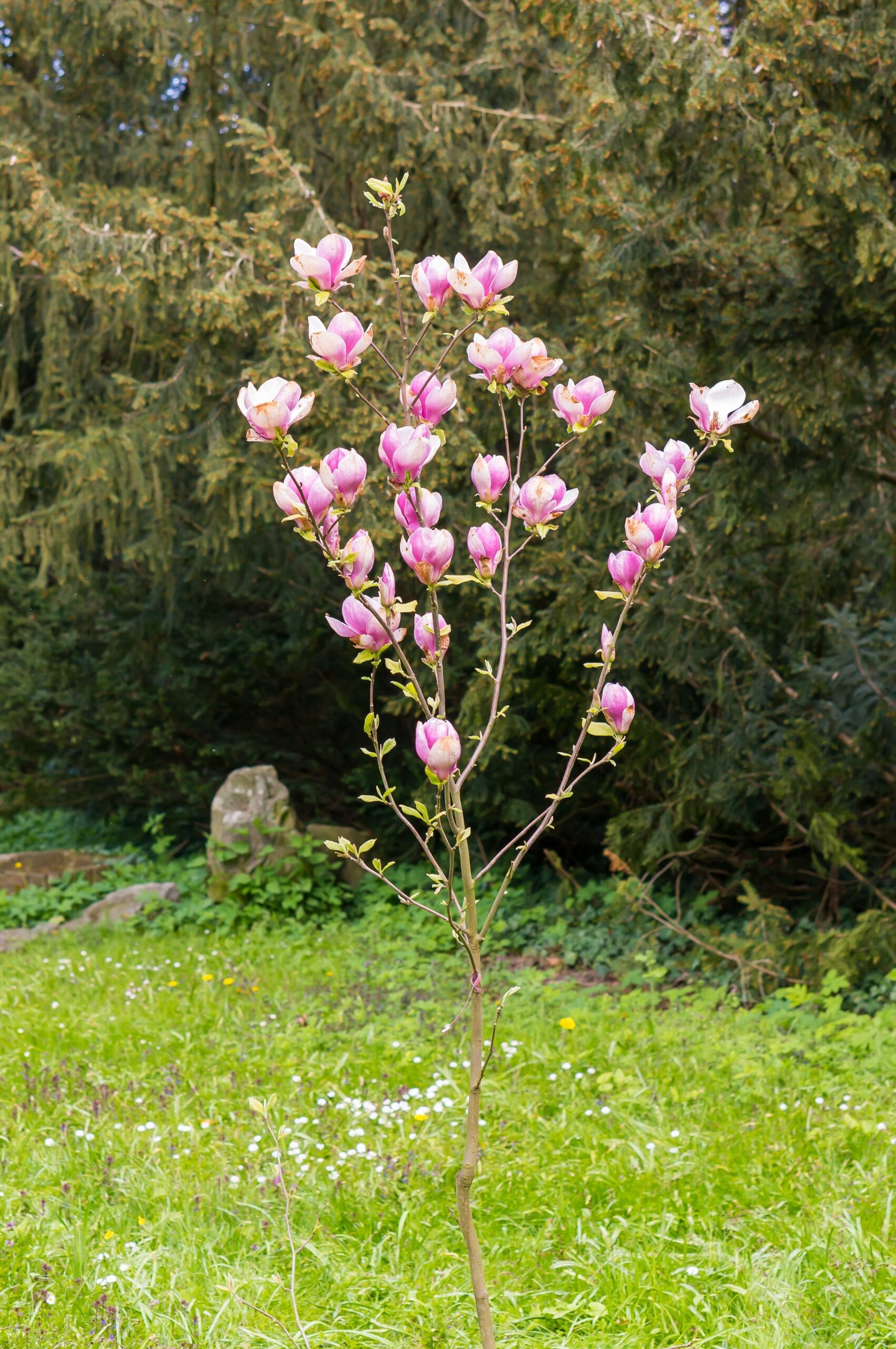
15. Mignonette (Reseda odorata)
Mignonette may win the prize for most understated appearance combined with most powerful fragrance – these tiny, inconspicuous flowers produce one of the strongest sweet perfumes in the plant kingdom. This old-fashioned annual creates loose spikes of small greenish-white flowers that attract a wide variety of beneficial insects and pollinators.
Plant mignonette in cool weather in rich, alkaline soil with partial shade, as it dislikes heat and humidity. Sow seeds directly in the garden in early spring or fall, spacing them 6 inches apart. Regular watering and cool conditions promote the best flowering and fragrance production. Despite its humble appearance, mignonette was once prized by French perfumers for its exceptional scent.

Creating Your Fragrant Pollinator Garden
Success with fragrant pollinator plants depends on understanding each flower’s specific needs and creating the right growing conditions. Most fragrant flowers prefer well-draining soil and benefit from morning sun, which helps intensify their natural oils and fragrances. Plant flowers in drifts or groups rather than single specimens to create the greatest visual and olfactory impact while providing substantial nectar sources for visiting pollinators.
Consider bloom times when planning your garden – early spring flowers like sweet rocket provide crucial nectar when few other sources are available, while late-season bloomers like four o’clocks extend the pollinator buffet well into fall. Succession planting of annuals like sweet alyssum ensures continuous fragrance and pollinator support throughout the growing season.
Remember that fragrant flowers often release their strongest scents during specific times of day. Evening-blooming flowers like four o’clocks and night-blooming jasmine attract different pollinators than day-blooming varieties, creating a 24-hour pollinator paradise that maximizes your garden’s ecological impact.
By incorporating these 15 fragrant flowers into your landscape, you’ll create a sensory garden experience that not only delights your own senses but provides essential habitat and nutrition for the pollinators that our ecosystems desperately need. The result is a garden that truly gives back to nature while rewarding you with months of intoxicating fragrances and vibrant pollinator activity.
Final Thought
Transform your outdoor space into a fragrant pollinator haven that works twice as hard for you. These aromatic flowering plants don’t just create a beautiful, scented garden – they actively support declining bee populations, attract beneficial butterflies, and provide essential nectar sources that help maintain healthy ecosystems. Every fragrant bloom you plant becomes a beacon for pollinators while filling your garden with natural perfume that no artificial fragrance can match.
Starting your pollinator-friendly garden is easier than you think. Choose just three or four of these fragrant flowers to begin with, plant them in sunny spots with good drainage, and watch as your garden transforms into a buzzing, aromatic paradise. Whether you’re drawn to lavender’s classic appeal, the chocolate scent of cosmos, or the evening magic of four o’clocks, you’re making a meaningful difference for both your local ecosystem and your own gardening joy.
The time to plant fragrant flowers for pollinators is now – your garden, your senses, and the environment will thank you for creating this win-win sanctuary that proves beauty and purpose can bloom together in perfect harmony.

